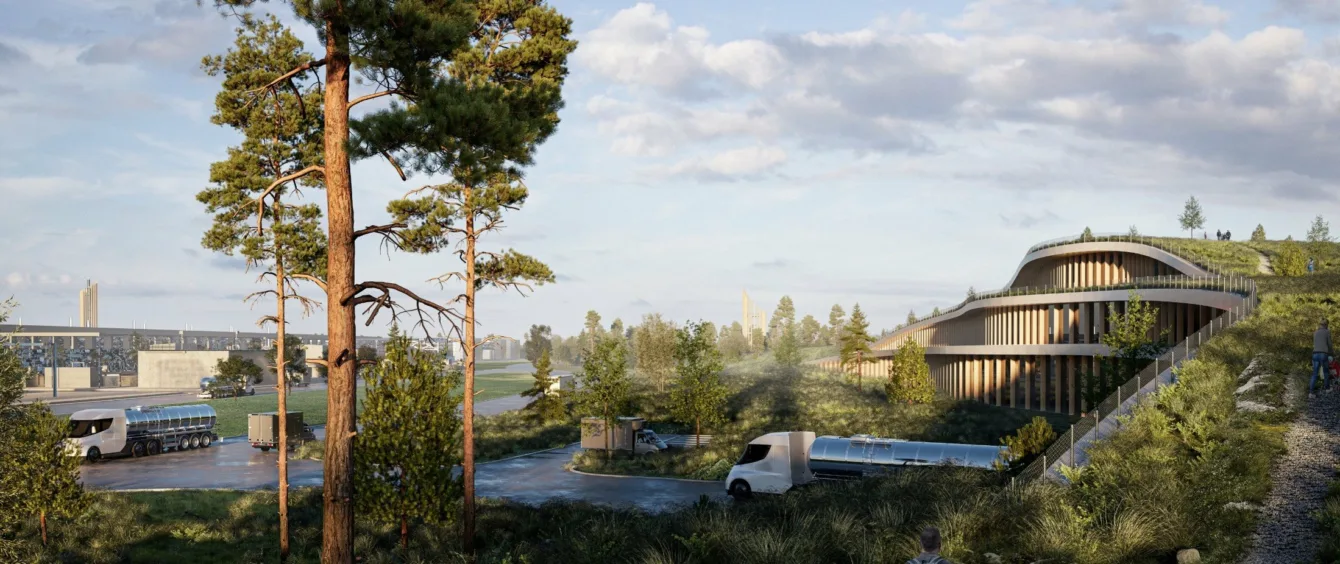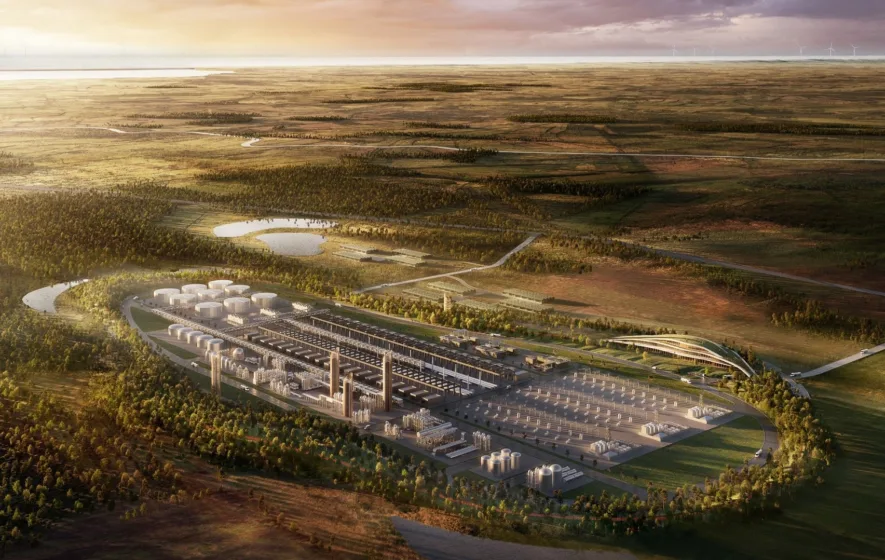Denmark has grand plans for the energy transition. The country seeks to reduce carbon dioxide emissions by 70 percent by 2030 compared to 1990. With large-scale projects including two energy islands in the North Sea, the Nordic nation is already charting a promising course. Another major, ambitious project is to create a further milestone in the energy transition. Project developer GreenGo Energy is planning one of the world’s biggest energy parks in the Westjütland region.
Dubbed ‘Megaton,‘ the park should be capable of producing one million metric tons of hydrogen every year, positioning the country as a pioneer in the Power-to-X industry and hydrogen economy. The energy park will produce heat and electricity from wind and solar energy as well. This will require nearly eight billion euros in investment. GreenGo Energy is working with local partners, including the team of engineers at COWI, PtX specialist Arkitera, and offshore specialist New Power Partners.
Power-to-X is the term used when referring to technologies that convert green electricity usually resulting from surpluses in renewable energy production to chemical energy sources, fuels or raw materials. This includes green hydrogen used as fuel in industry or in fuel cell vehicles as well as in other gaseous forms such as ammonia and methanol as well as aircraft-grad kerosene.
The ‘X’ is a placeholder for the intended use or form of energy. Known Power-to-X variants are Power-to-Gas, Power-to-Heat and Power-to-Liquid.
Project Megaton – among the world’s largest energy parks
Megaton will be built in the Danish community of Ringkobing-Skerjn. It may well become a new hallmark of the energy transition for the Scandinavian nation. The centrepiece of the project is a two-gigawatt (GW) electrolyser capable of producing one million metric tons of green hydrogen along with its derivatives ammonia und methanol. This would bring Denmark a major step closer to achieving its goal of building between four and six gigawatts in electrolysis capacity by 2030.
However, a constant flow of green electricity is indispensable to operating the facility. Enter proprietary renewables assets. Some 4,000 hectares have been earmarked for solar and onshore wind projects. The actual sites are yet to be determined and will be selected in agreement and close coordination with the community.
Plans also envisage offshore wind turbines with an aggregate capacity of 2 GW supplementing the energy park. The 4 GW in total renewable capacity will generate about 11.5 terawatt hours TWh) of green electricity per annum. This equals over 30 percent of Denmark’s current electricity consumption. A large share of this – roughly 85 percent – would flow directly to the energy park.
Activities along the value-added chain
Electrolysing water produces hydrogen and large quantities of heat. Part of this waste heat can be used and fed into the district heating network, contributing to sustainable heat supply. Operators of the Megaton project intend to take advantage of this to provide over one terawatt of thermal energy to local homes. Another part of this waste heat and the electricity generated are to be used by local industry, greenhouses and vertical agriculture.
The project basically takes a holistic approach and attempts to involve all stages of the value chain. For example, it is envisaged that earth excavated during construction be used to create a hilly landscape of islands surrounding the energy park. This will keep the industrial buildings out of sight, while promoting biodiversity in the region as the islands will feature spruces, pine trees, various sorts of grass and wildflowers. Another objective is to integrate local infrastructure in construction and planning, while creating recreational areas wherever possible.
The energy park will be a boon to the community as well. The obvious and direct benefit is the green energy and heat the park will provide them with. The less apparent advantage is the numerous temporary and long-term jobs a project of this dimension creates. Estimates by project developers have the energy park, downstream operations and heat supply giving rise to 300 to 500 new permanent positions.
Green electricity and hydrogen hub
The joint venture will be complemented by the Stovstrup 400-kV substation east of the locality of Tarm. It will serve as an ideal central electricity transmission node and can help offset large amounts of energy and potential excess production on days that are especially sunny or windy.
Megaton is an important project also due to the planned hydrogen pipeline between Germany and Denmark. As recently as March 2023, the climate ministers of both countries signed a letter of intent to build an interconnector between Westjütland and northern Germany. The pipeline’s expected date of completion is in 2028. Excess hydrogen produced by the energy park could thus easily make its way to Germany.

